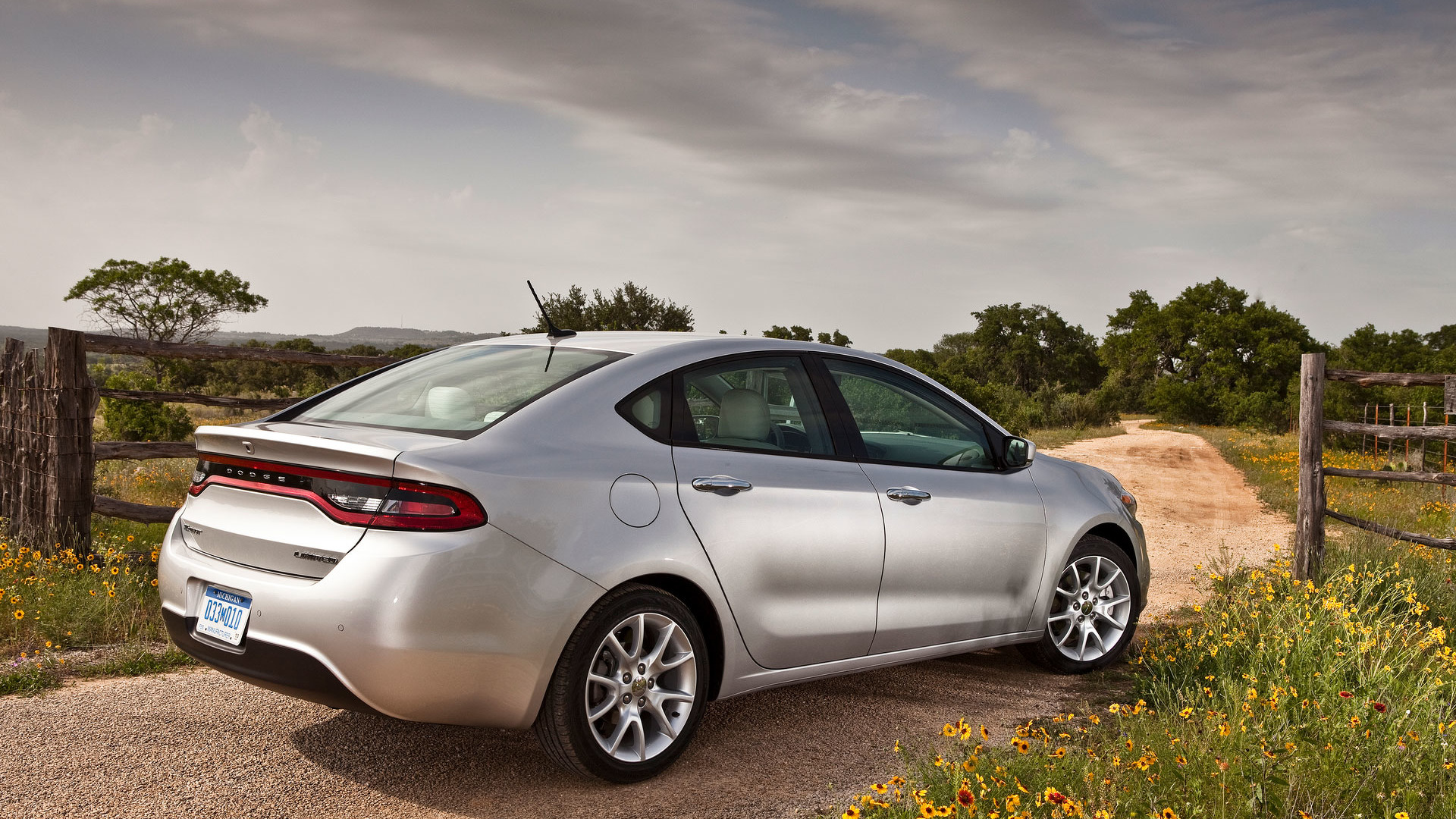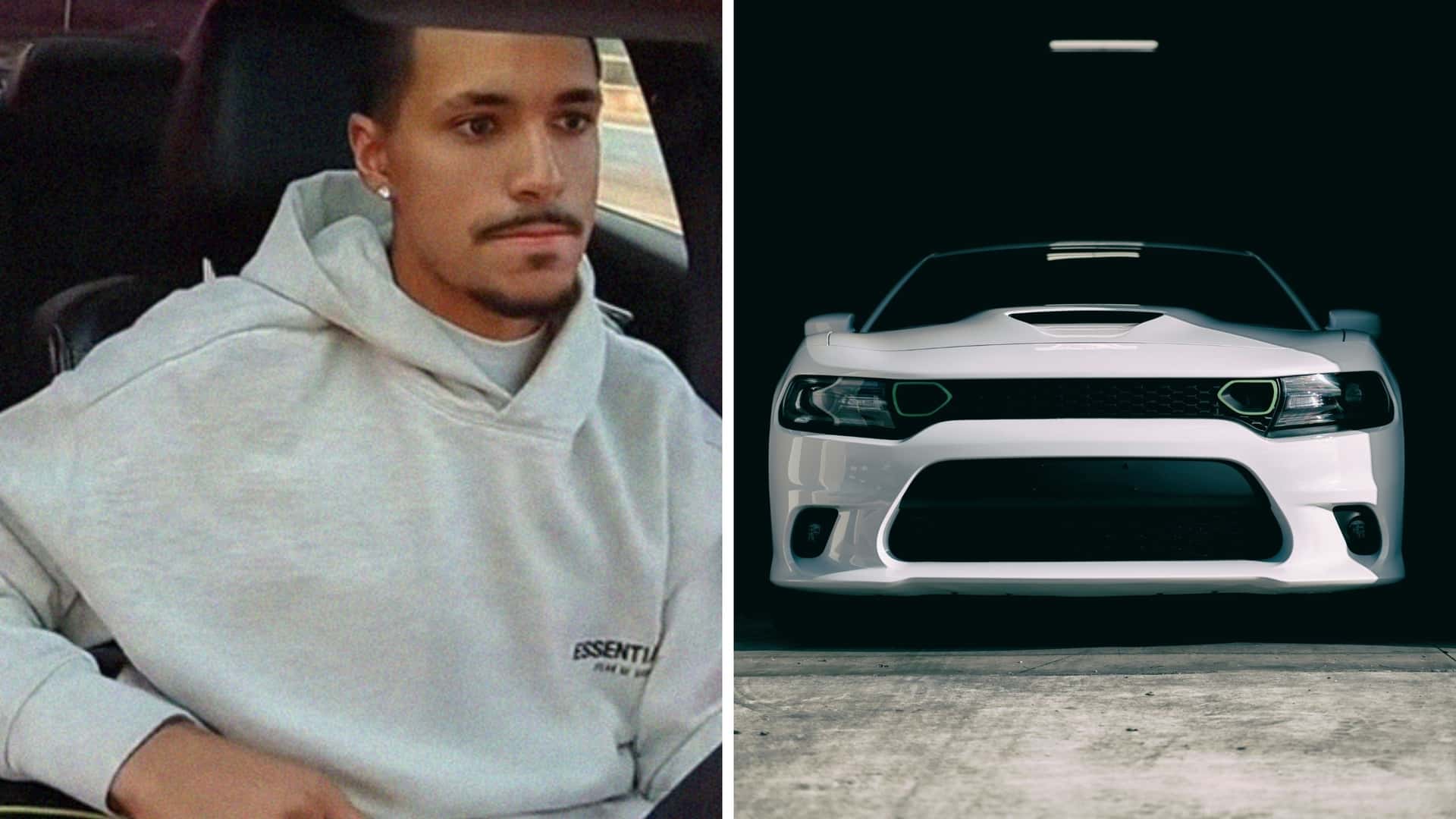Dodge's Forgotten Hot Hatch Was A Handful
Quick Links
When you think "hot hatch", images of Volkswagens, Fords, and Hondas probably dance through your mind. You may imagine a Subaru or even an Audi, and we wouldn't be surprised if something exotic like a Lancia even comes into focus, but what about a Dodge? Yes, one of America's most iconic automakers has been known to make a hopped-up hatchback here and there, and while some, like the Omni GLH, have gone down in history as unexpected icons, others, like the much more recent Dodge Caliber SRT-4, have been nothing more than controversial.
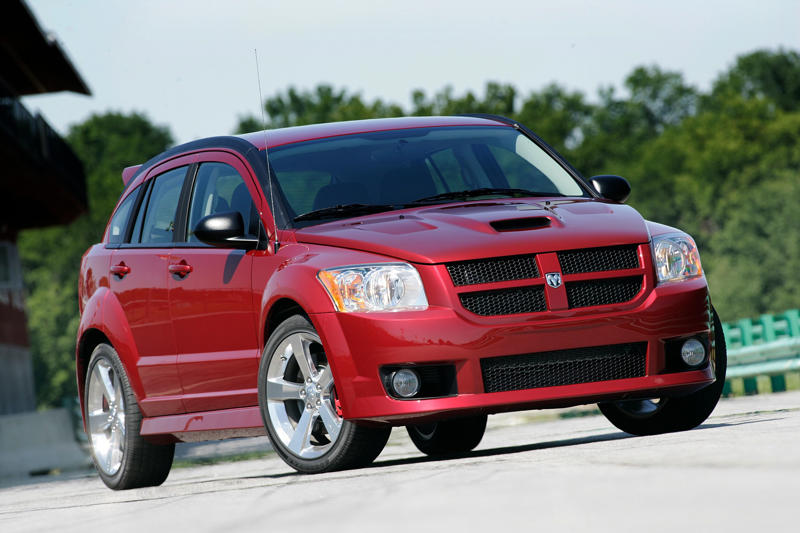
934817-1.jpg
2008 Dodge Caliber SRT4
With a turbocharged 285-horsepower engine, the Caliber SRT-4 was undeniably fast, but speed alone wasn’t enough to secure its place among the greats. A combination of poor handling, awkward design and budget build quality were too much for buyers to swallow, and just as quickly as it arrived the model disappeared. Given how few hot hatches are available today, is the model worth another look? Or is this one of those models better kept in the past?
This article is based on manufacturer specs, period road tests and long-term reviews to assess the impact the Dodge Caliber SRT-4 left on the market. While Dodge designed the Caliber to look like an SUV, it definitely falls more into the category of a hatch.
Dodge's Hot Hatch Legacy

2008 Dodge Caliber SRT-4 Front 3/4 Driving Red
Before the Caliber SRT-4, there was the Dodge Omni. Back in the mid-1970s, Chrysler wasn't thrilled to see the Volkswagen Rabbit eating its compact car lunch. However, management didn't love the idea of selling a subcompact car to Americans, and it wasn't until Chrysler Chairman Lynn Townsend stepped down that the company seriously started to develop its model, which arrived as the Dodge Omni and Plymouth Horizon for the 1977 model year.
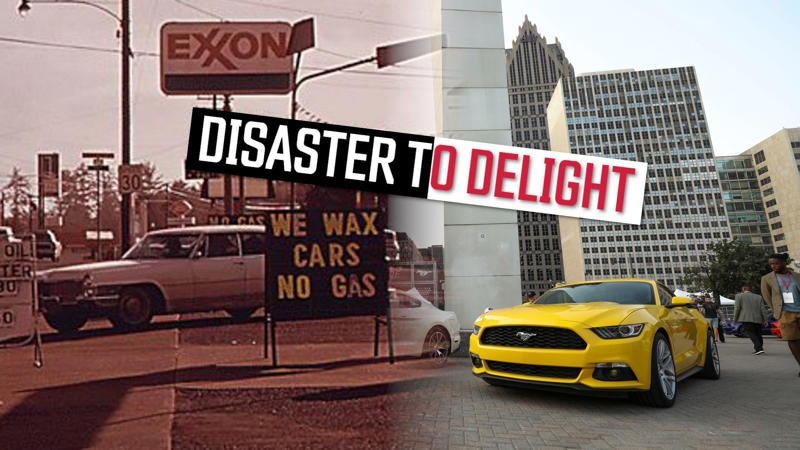
How The Oil Crisis Changed America Forever
The Event That Changed The American Automotive Landscape Forever
The 1970s were a wild time for cars, and American car culture got hit harder than anything else.
While late to the party, they were the first American automaker to introduce a FWD, transverse-engined vehicle to the public. With a five-door layout, it was obvious to see the Volkswagen influences and, overall, buyers and reviewers loved them, with Motortrend even naming it its Car of the Year for 1978. While those models were great, they lacked power. That changed thanks to a partnership that found Carroll Shelby modifying Dodge Omnis with performance goodies to turn them into GLH (Goes Like Hell) models by 1984. This turned into the truly bonkers GLH-S (Goes Like Hell 'Smore) for 1987, but that's a story for a different day.
What matters is that, for a brief period, Dodge was selling perhaps the most exciting hatchback on the market. While this teetered out in the 1990s, a resurgence of Dodge's compact performance could be found with the introduction of the 2004 Neon SRT-4. It was a shock to the industry—a no-frills, turbocharged compact sedan that embarrassed more expensive sports cars in straight-line speed. The Neon SRT-4 lacked refinement but delivered raw performance, making it a favorite among tuners and street racers and putting respect on Dodge's name.
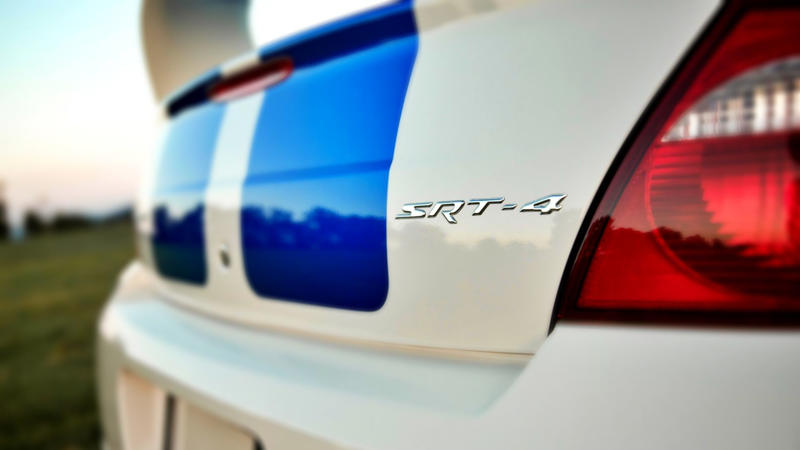
dodge neon srt4 rear badge
The Dodge That Was Built To Take On The Honda Civic Si
Being tasked with taking down an icon like the Honda Civic Si is a tall order, but Dodge tried with this short-lived model regardless.
After its discontinuation, Dodge sought to carry the SRT-4 name into the next generation, and this could be found in the introduction of the Caliber SRT-4 at the 2006 Chicago Auto Show. It certainly had the character and the power to match its predecessor, but basing it on the Caliber without significant changes would prove to be a pivotal mistake that would doom the model from the very start.
The Power Play: A 285-HP FWD Rocket
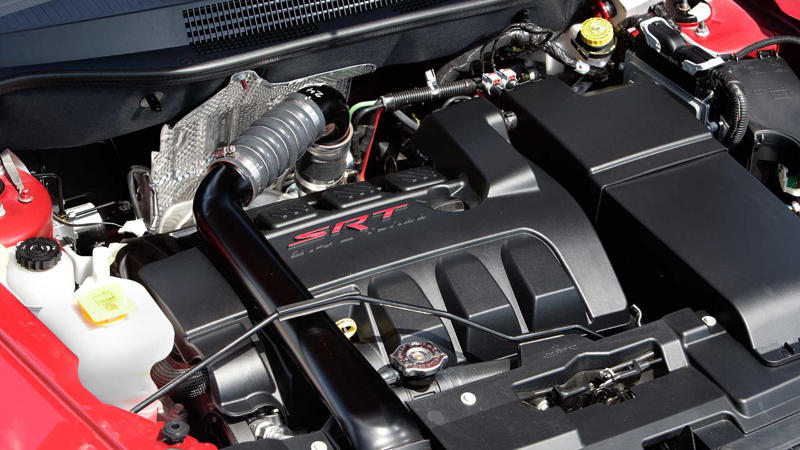
2008 Dodge Caliber SRT-4 Engine Close Up
Before we get into its flaws, let's focus on what Dodge did right, as there's a good amount to like. When the model finally arrived for the 2008 model year, under the hood was a 2.4-liter turbocharged inline-four, producing 285 horsepower and 265 lb-ft of torque. This was more power than many of its competitors, including the Mazdaspeed3 (263 HP), Volkswagen GTI (200 HP), and Subaru WRX (224 HP), but still behind the likes of the WRX STI (305 hp) and Lancer Evolution (291 hp).
Specification | Details |
|---|---|
Engine | 2.4-liter turbocharged inline-four |
Horsepower | 285 hp @ 6,400 rpm |
Torque | 265 lb-ft @ 5,600 rpm |
Transmission | 6-speed manual |
Drivetrain | Front-wheel drive |
0-60 mph Time | ~5.9 seconds |
Top Speed | 155 mph |
Curb Weight | ~3,189 lbs |
Fuel Economy (mpg) | 19 city / 27 highway / 22 combined |
Paired with a six-speed manual transmission, the Caliber SRT-4 could sprint from 0 to 60 mph in around 5.9 seconds, a solid showing given its prodigious weight. Dodge engineers also gave it an aggressive exhaust note and added larger vented disc brakes, 19-inch wheels, four-wheel ABS, a lower, stiffer suspension and a feisty body kit to make this cute compact look the part.
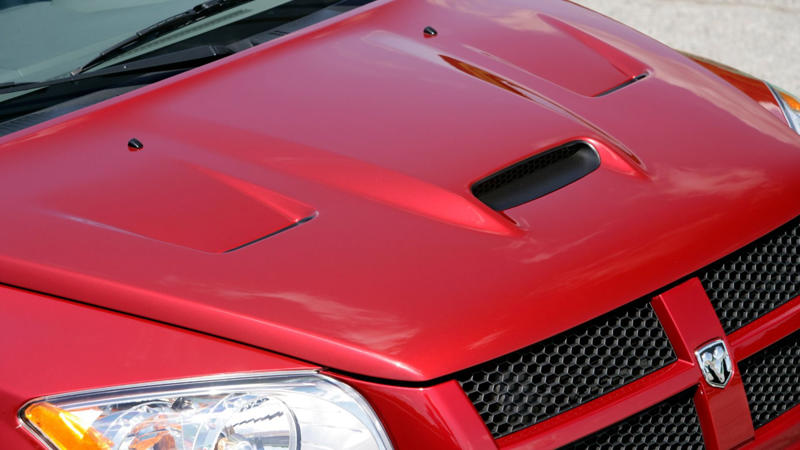
Dodge Caliber Close Up
Instead of a conventional limited-slip differential, the car features a brake-lock differential, which squeezes the rotor of the wheel that needs traction. Along with flatter half shafts, the hope was the torque steer would be mitigated, but in many reviewers' experiences, if torque steer wasn't yanking the car in a new direction, the fancy traction-control system was, making the vehicle anything but consistent.
Despite the lack of engagement with the manual transmission, some, like Car & Driver, did note that the car did display some surprising surefootedness when hustling down a back road, eager to engage, but suffering from a fair amount of understeer. Its power was impressive but the execution left a lot to be desired – and this was before you considered the rest of its problems.
A Budget Racer That Was More SUV Than Hot Hatch
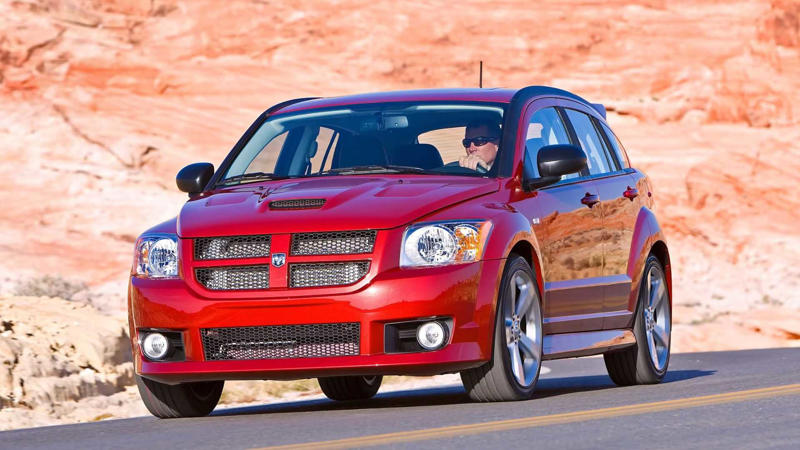
2008 - 2009 Dodge Caliber SRT4 - front 3/4 profile driving
One of the biggest issues with the Caliber SRT-4 was its platform. Unlike traditional hot hatches that were built on compact, low-slung chassis, the Caliber was originally designed as a pseudo-crossover. This meant that even though Dodge tuned and lowered the suspension for sportier handling, the car still had a high center of gravity and awkward weight distribution.
This is what led to the car's understeer and instead of feeling nimble and planted, the Caliber SRT-4 often felt top-heavy and unstable when pushed hard. The steering was vague and the stiff suspension didn’t do much to improve its cornering ability. Body roll was noticeable and all of this led to it basically being a non-starter as a track car.
There was also the issue of the interior. While the exterior cleaned up rather well when the body kit, brakes, and wheels were added, the interior was a lost cause from the start. If you think interiors are bad now, go back and check out Chrysler products from the late 2000s. Cheap plastic was apparently the only material the brand could find at the time, as it was everywhere and exceptionally gray no matter the trim. New SRT seats, a unique cluster and a boost gauge were added but there wasn't much to be done about just how drab the interior was.
You couldn't escape the feeling that Dodge had focused so much on power and affordability that it neglected the refinement and driving dynamics that make a great hot hatch. While this method may have worked a few decades prior with the Omni, things had changed and even cheap performance cars had higher standards by the time the Caliber SRT-4 arrived.
The Wrong Car At The Wrong Time
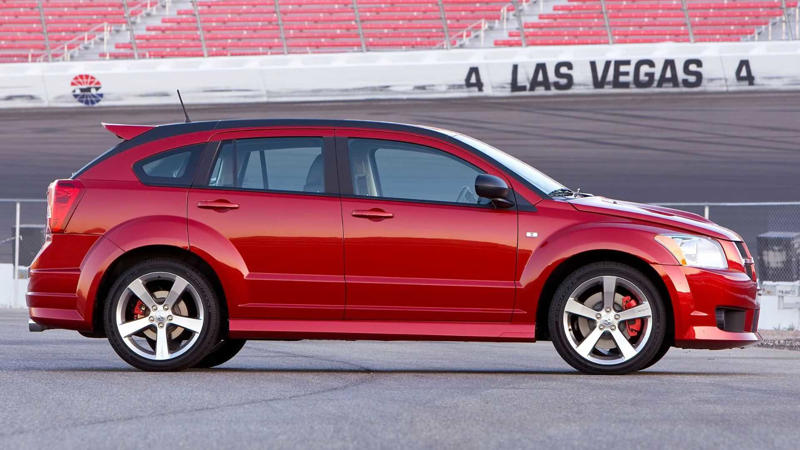
2008 - 2009 Dodge Caliber SRT4 - side profile
The Caliber SRT-4 lasted only two years (2008-2009) before Dodge quietly pulled the plug. Several factors contributed to its short-lived and largely forgotten existence:
- The market had changed. As we mentioned, by the late 2000s, hot hatches were becoming more refined, and the Caliber SRT-4’s brute-force approach felt outdated and unrefined compared to cars like the GTI and Civic Si.
- Dodge wasn't a hot hatch brand. Enthusiasts looking for a front-wheel-drive performance car typically turned to Japanese or European brands. Dodge was better known for muscle cars and trucks, making it difficult to attract the right audience.
- Then there was the Great Recession. Every company was hit hard by this economic downturn but Chrysler was particularly affected, and the focus turned from exciting hot hatches to merely surviving. Dodge needed to focus on its future, and the Caliber SRT-4 wasn't a part of that.
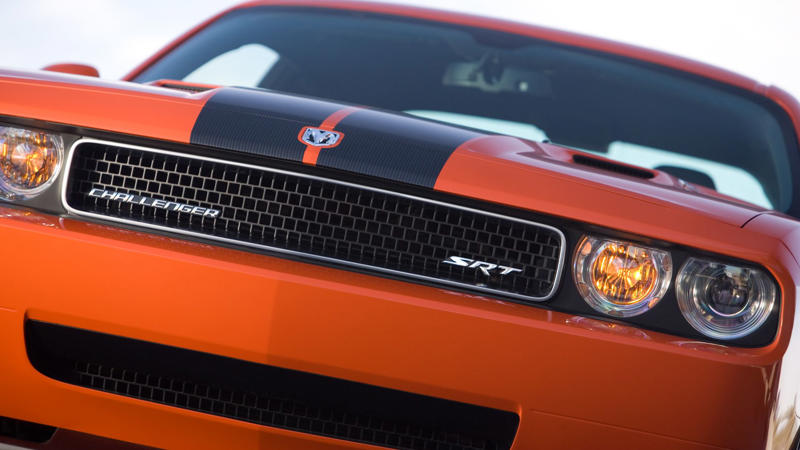
2008 Challenger
The Caliber survived as a nameplate until 2012, when the Dodge Dart sedan finally went into production. Based on a new Fiat platform, there was hope this model would revive the success of the Dodge Neon, and there were even rumors of an SRT model for a time, but it appeared Chrysler had wisened up. Big performance was where the money was, and any hope of a true SRT-4 successor died with the Dart in 2017.
Today, the Caliber SRT-4 is rarely brought up. Seeing one in person is a bit like remembering a dream you'd long forgotten: you're not really sure how you feel about it but as soon as it's out of sight, it's out of mind until the next unlikely time one shows face in your life.































